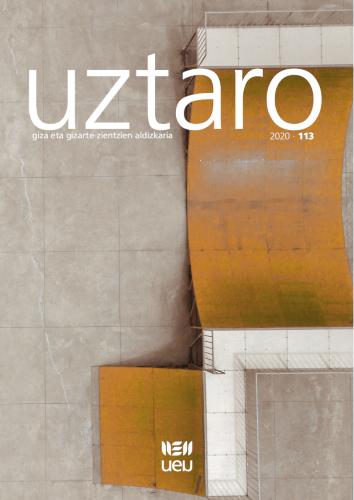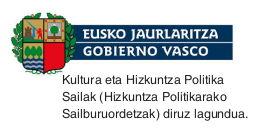Lenition of intervocalic voiceless stops in Arratia basque
DOI:
https://doi.org/10.26876/uztaro.113.2020.3Keywords:
Sociolinguistics, Language variation, PhoneticsAbstract
The aim of this work is to analyze the lenition of intervocalic voiceless stops. In order to carry out the work, the young people of Arratia have been chosen. A two-way analysis has been made: on the one hand, it has been wanted to know if all the stops sound in the same way like the rest and, it has been wanted to observe if there are changes depending on the gender of the informants; on the other hand, a phonetic study has been done to see if the unvoiced and voiced alofones are distinguished according to certain acoustic indicators. For that phonetic analysis, four audible indicators have been used for each one; alofono length, minimum alofono energy, difference between the minimum energy of the previous vowel atoms and the minimum energy of the alofono itself, and finally the difference between the maximum and the minimum energy of the alofono. The differences have been statistically significant in terms of information genres and acoustic indicators.
Downloads
License
Copyright (c) 2020 Uztaro

This work is licensed under a Creative Commons Attribution-NonCommercial-ShareAlike 4.0 International License.




















